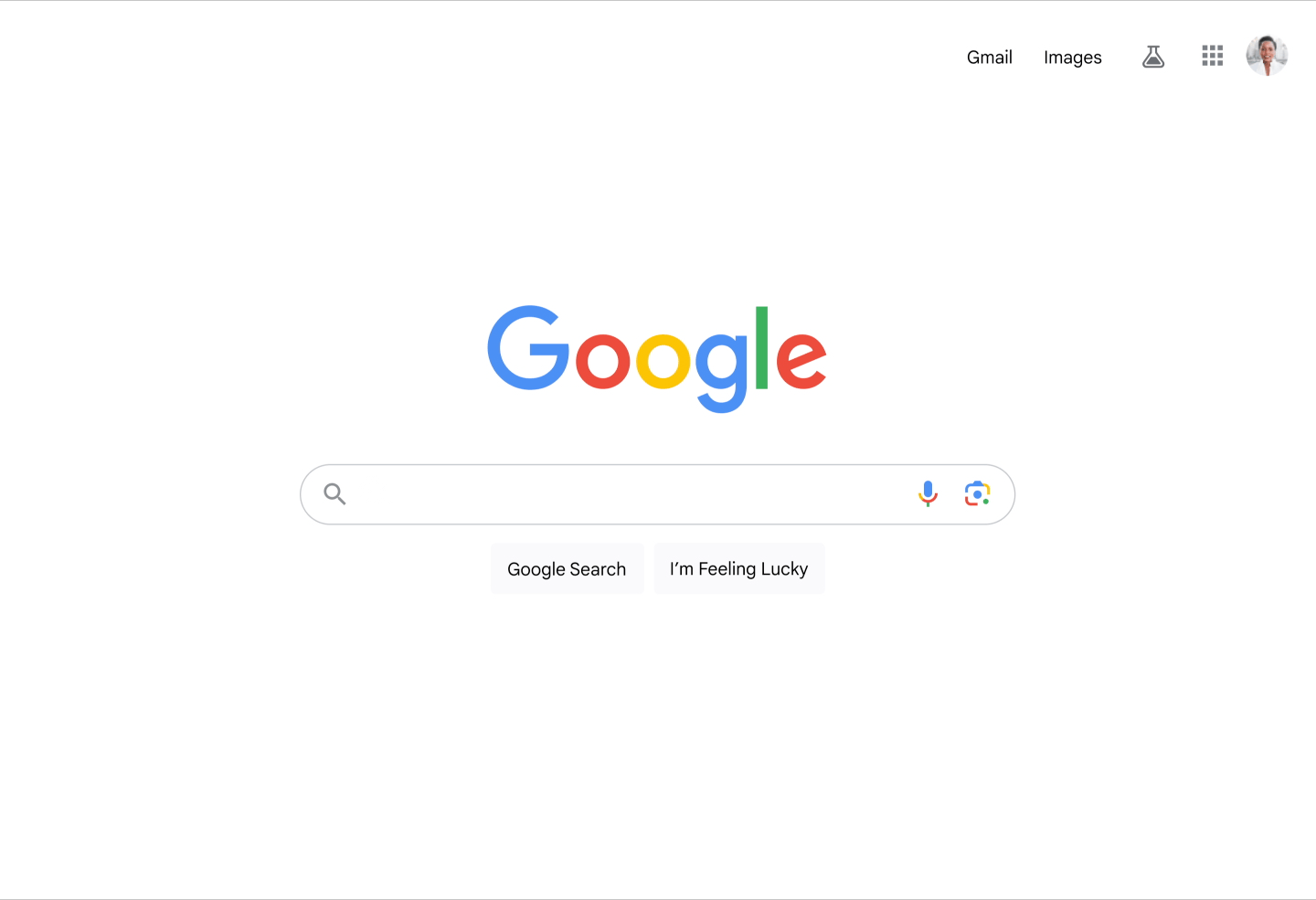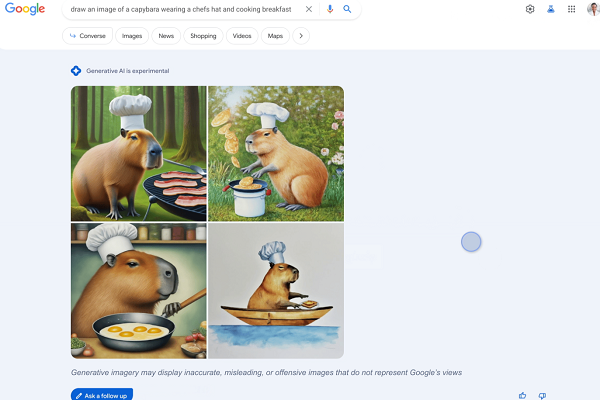Google Search Unveils Generative AI Image Creation Feature
 Google Search has begun incorporating generative AI into its results, producing images and text from search queries. The new feature continues the tech giant’s ongoing push to infuse generative AI across its products and services, with or without the Bard branding associated with its generative AI chatbot.
Google Search has begun incorporating generative AI into its results, producing images and text from search queries. The new feature continues the tech giant’s ongoing push to infuse generative AI across its products and services, with or without the Bard branding associated with its generative AI chatbot.
Google Search Synthetic Media
The update to Google Search includes a text-to-image tool like the one above, where users can simply describe a scene like “an astronaut riding a horse on Mars,” and the search results will include synthetic images matching the prompt. Users can also refine descriptions to edit images and add more details before exporting. As a safety tool, the images will come with embedded metadata marking their AI origins and a similar watermark on all generated visuals. Google plans to bring the integration to Google Image Search as well so that searching for visual inspiration will suggest generating synthetic images along with real-world search results.
“Search has long been a place where you can find information to help with life’s questions — whether they’re big or small. And with advances in AI, we’ve continued to develop simpler and smarter ways to help you uncover useful insights and make sense of information,” Google Search senior director of product management Hema Budaraju wrote in a blog post. “As we continue to experiment with bringing generative AI capabilities into Search, we’re testing new ways to get more done as you’re searching — like creating an image that can bring an idea to life, or getting help on a written draft when you need a starting point.”
The other main capability allows requesting AI-written text drafts related to search queries. This aims to aid research and inspiration for projects like DIY guides or professional emails. For example, users can ask for a draft product review after browsing options or a rough email to a contractor based on searched content. The drafts are editable and exportable to tools like Google Docs. Google emphasized the goal of all its AI testing is to provide helpful generation capabilities alongside search results when useful. But it acknowledged the need for responsible development given the risks. For now, these features are available through Search Labs on Google’s mobile apps and on Chrome.
Quiet Bard
The synthetic images and text are rolling out just a couple of months after Google started releasing generative AI features like enhanced definitions, code explanations, and webpage summaries. Embedding synthetic media tools within Search is a much bigger step. It’s more akin to how Google is melding its Bard generative AI with Google Assistant to create a multimodal Assistant with Bard.
Even when named in the product, Bard is relegated to a supporting branding role behind Assistant. The marketing decisions may not mean much, but Google is usually aggressive when it lands on a product line name it thinks has staying power. Perhaps Bard’s awkward unveiling presaged a decision to make Bard part of Google products without harping on the name except when necessary like the Bard Extensions feature. The more important consideration is how well blurring the lines between a generative AI chatbot and the classic search engine will serve Google’s efforts to remain the overwhelmingly dominant name in online search engines even as OpenAI starts incorporating its DALL-E 3 synthetic image generator into ChatGPT.
Follow @voicebotai Follow @erichschwartz
Google Bard Enhances Model With Answers from Your Gmail, Docs, and More Apps









